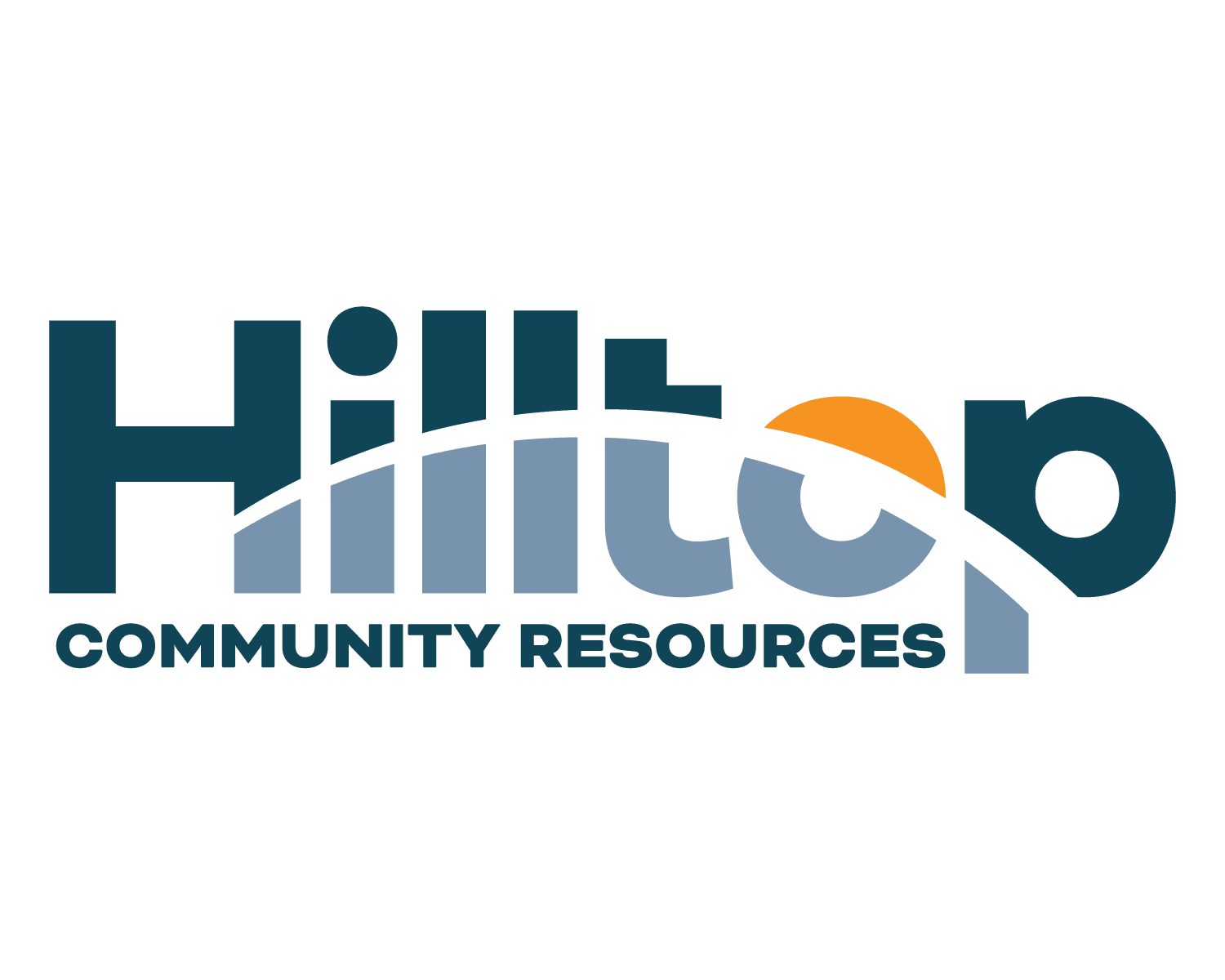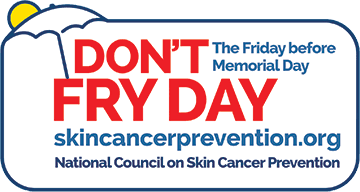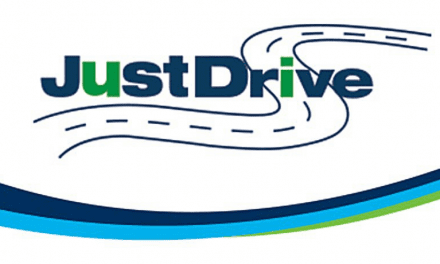Ready.gov
Ready is a National public service campaign designed to educate and empower the American people to prepare for, respond to and mitigate emergencies, including natural and man-made disasters. The goal of the campaign is to promote preparedness through public involvement.
Ready and its Spanish language version Listo ask individuals to do four key things:
- Stay informed about the different types of emergencies that could occur and their appropriate responses
- Make a family emergency plan.
- Build an emergency supply kit.
- Get involved in your community by taking action to prepare for emergencies.
Build A Kit
After an emergency, you may need to survive on your own for several days. Being prepared means having your own food, water and other supplies to last for several days. A disaster supplies kit is a collection of basic items your household may need in the event of an emergency.
Make sure your emergency kit is stocked with the items on the checklist below. Download a printable version to take with you to the store. Once you take a look at the basic items consider what unique needs your family might have, such as supplies for pets or seniors.
Make A Plan
Make a plan today. Your family may not be together if a disaster strikes, so it is important to know which types of disasters could affect your area. Know how you’ll contact one another and reconnect if separated. Establish a family meeting place that’s familiar and easy to find.
Step 1: Put a plan together by discussing the questions below with your family, friends or household to start your emergency plan.
- How will I receive emergency alerts and warnings?
- What is my shelter plan?
- What is my evacuation route?
- What is my family/household communication plan?
- Do I need to update my emergency preparedness kit?
- Get masks (for everyone over 2 years old), disinfectants, and check my sheltering plan. Check with the Centers for Disease Control (CDC) and update my emergency plans due to Coronavirus.
As you prepare your plan tailor your plans and supplies to your specific daily living needs and responsibilities. Discuss your needs and responsibilities and how people in the network can assist each other with communication, care of children, business, pets or specific needs like operating medical equipment. Create your own personal network for specific areas where you need assistance. Keep in mind some these factors when developing your plan:
- Different ages of members within your household
- Responsibilities for assisting others
- Locations frequented
- Dietary needs
- Medical needs including prescriptions and equipment
- Disabilities or access and functional needs including devices and equipment
- Languages spoken
- Cultural and religious considerations
- Pets or service animals
- Households with school-aged children
Download and fill out a family emergency plan or use it as a guide to create your own.
Step 4: Practice your plan with your family/household
Preparedness Materials
- Create Your Family Emergency Communication Plan in English or Additional Languages
- Family Communication Plan Fillable Card in English or Additional Languages
- Know Your Alerts and Warnings in English or Additional Languages
- 12 Ways to Prepare in English or Additional Languages
- Document and Insure Your Property in English or Additional Languages
- Safeguard Critical Documents and Valuables in English or Additional Languages
Additional Content
- FEMA Online Ordering Site
- Emergency Plan for Families or (PDF)
- Emergency Plan for Kids or (PDF)
- Emergency Plan for Commuters (PDF)
- Pet Owners (PDF)
- Protect Critical Documents and Valuables (PDF)
- Emergency Financial First Aid Kit (PDF)
- Consumer Financial Protection Bureau Disaster Checklist (PDF)
- Make a Plan (Video)
Last Updated: 03/04/2022





